Parkinson’s Disease
What is the disease?
- A disorder of the central nervous system that affects movement, often including tremors. Nerve cell damage in the brain causes dopamine levels to drop, leading to the symptoms of Parkinson’s. Parkinson’s often starts with a tremor in one hand. Other symptoms are slow movement, stiffness, and loss of balance. Medications can help control the symptoms of Parkinson’s.
What is the origin of the disease? (Chromosome number, protein affected, mutation type)
- Chromosome number: to date, two genes responsible for familial Parkinson’s disease have been identified: one is the alpha-synuclein gene located in the long arm of chromosome 4, and the other is the parkin gene located in the long arm of chromosome 6.
- Protein affected: The brains of people with Parkinson’s disease contain abnormal clumps of proteins called Lewy bodies. These clumps are largely made up of the protein alpha-synuclein, which plays a role in crosstalk between brain cells.
- Mutation type: PINK1 mutations occur in early-onset Parkinson’s disease. LRRK2: The protein made by LRRK2 is also a protein kinase. Mutations in the LRRK2 gene have been linked to late-onset Parkinson’s disease.
Is there a distinction between the disease being inherited or a mutation?
- Parkinson’s disease can be caused by rare familial genetic mutations, but in most cases it is likely to result from an interaction between multiple genetic and environmental risk factors.
What are the symptoms of disease?
- Tremor in hands, arms, legs, jaw, or head.
- Muscle stiffness, where muscle remains contracted for a long time.
- Slowness of movement.
- Impaired balance and coordination, sometimes leading to falls.
What age is affected by the disease?
- Although most people with Parkinson’s first develop the disease after age 60, about 5% to 10% experience onset before the age of 50.
Is it fatal?
- Although a diagnosis of Parkinson’s is devastating, it is not — as some people may still believe — a death sentence. Parkinson’s disease is not a direct killer, like stroke or heart attack.
What are the relevant population statistics?
- Vermont has the highest rate of Parkinson’s at 9.9 per 10,000.
- Nearly 1 million people in the U.S. are living with Parkinson’s disease (PD).
- More than 10 million people worldwide are living with PD.
Sources:



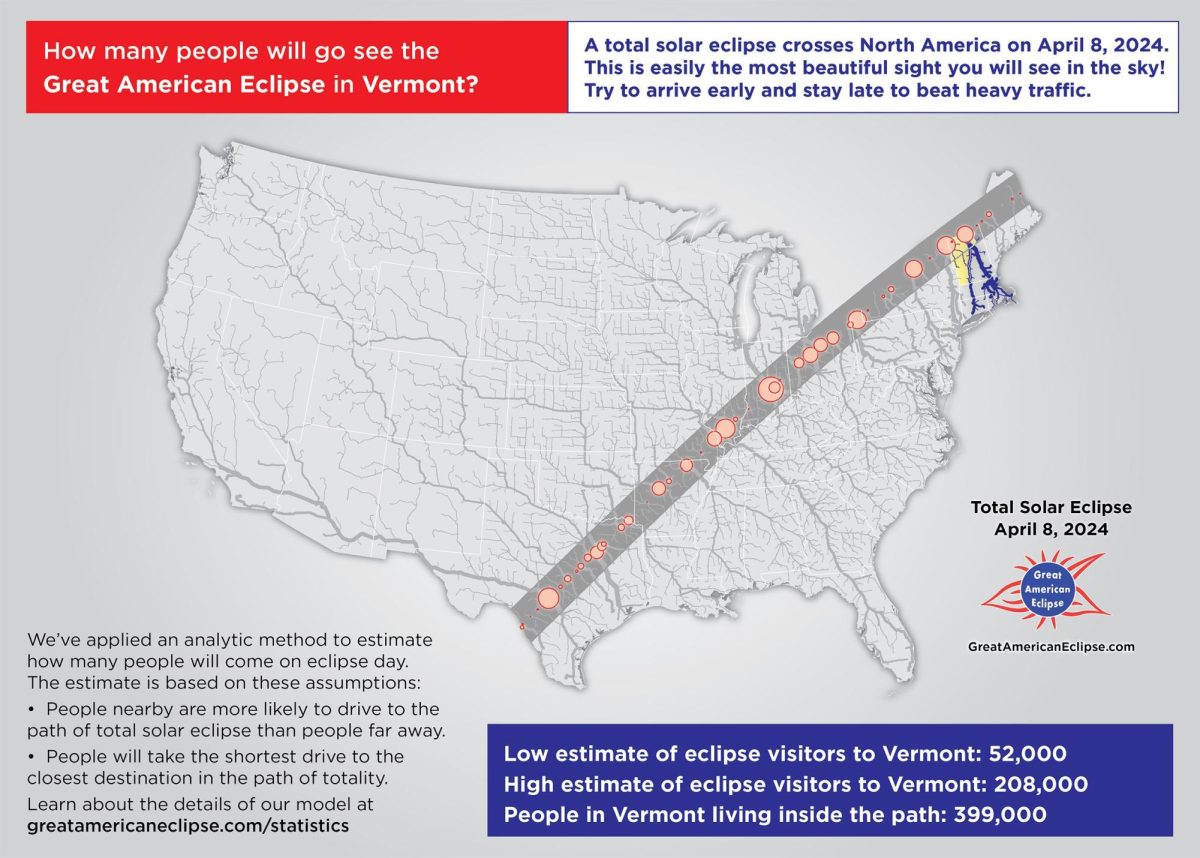



























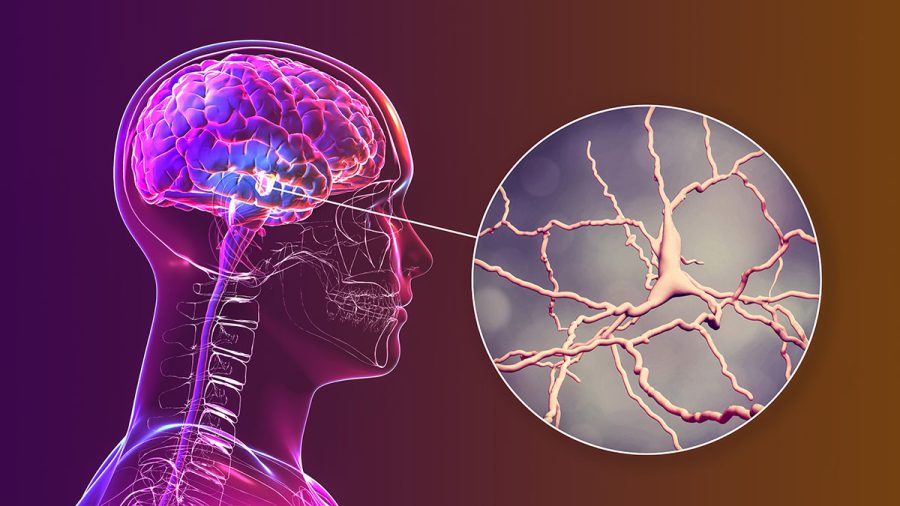
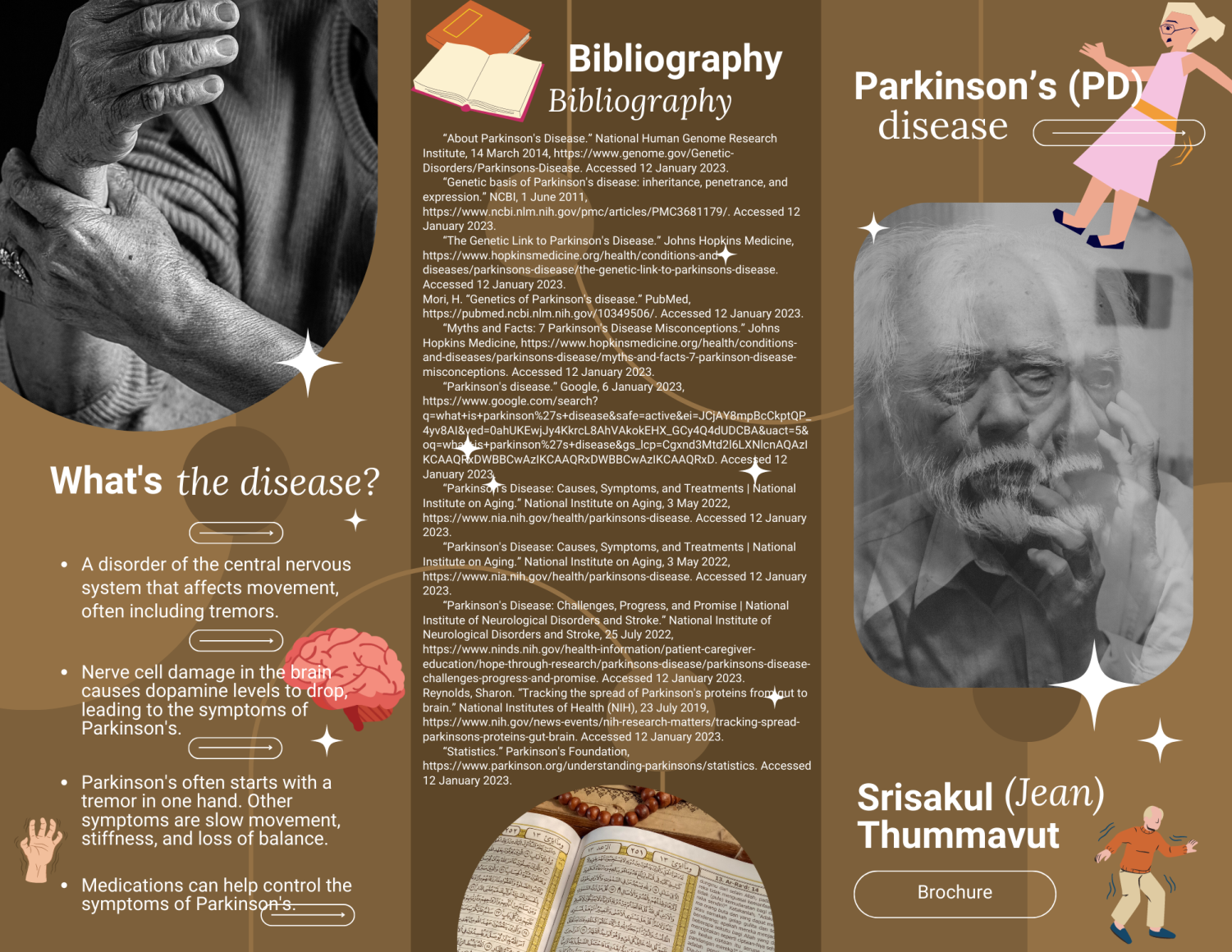
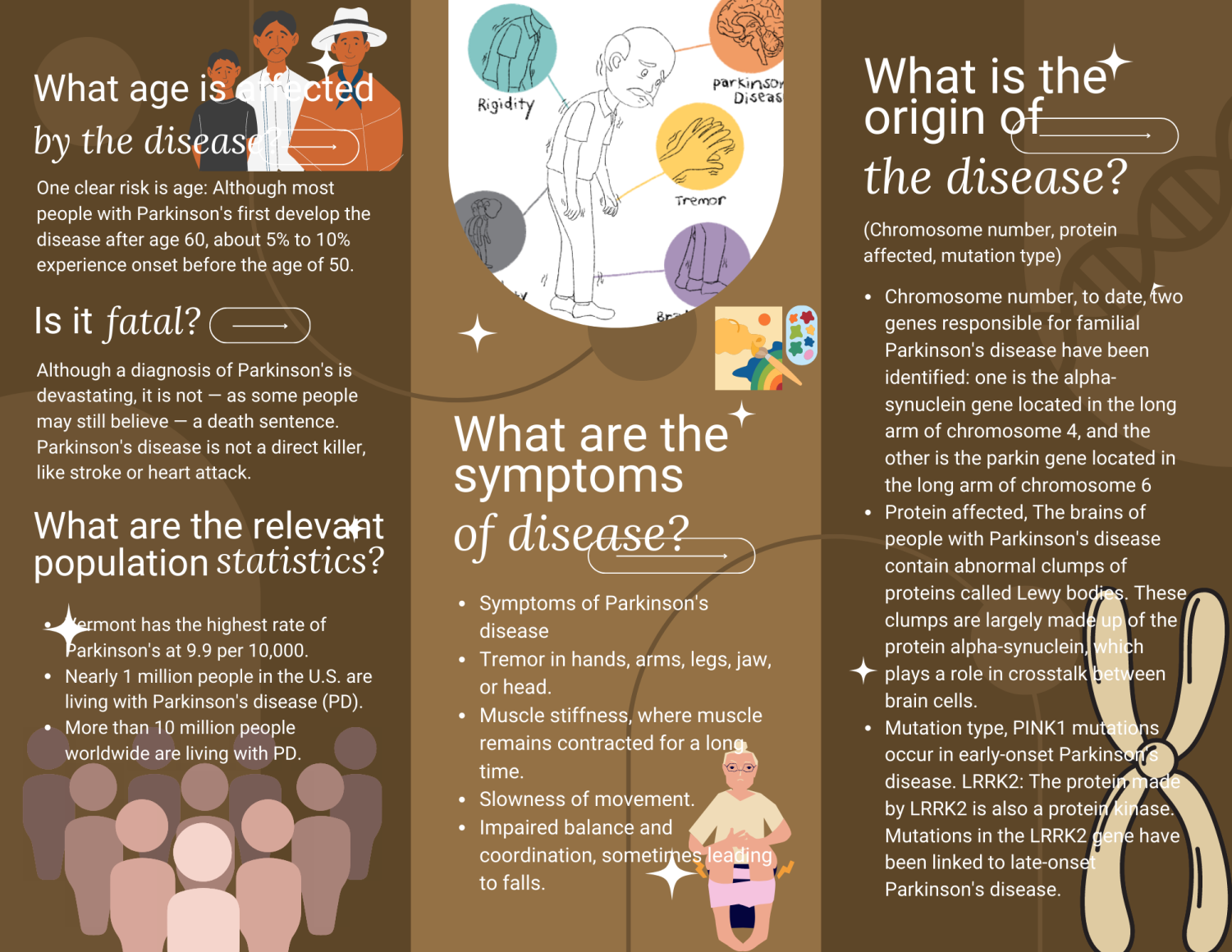
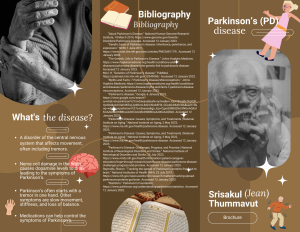
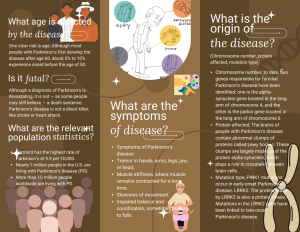


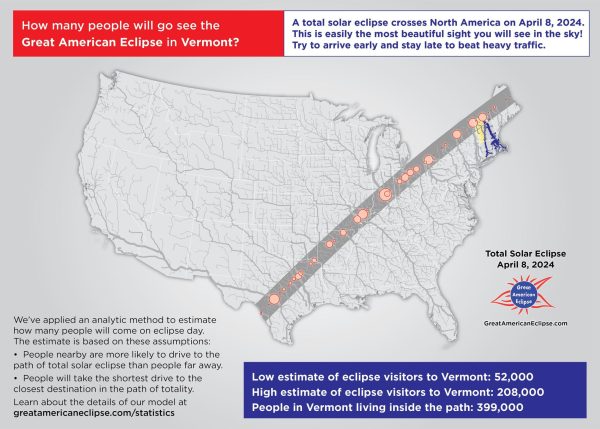






Liam Gaboury • Feb 18, 2023 at 12:26 am
I had severe tremors and mobility issues due to Parkinson disease, the medications I was given did not help at all, so I started to do alot of research on natural treatments and came across Parkinson’s Herbal Treatment from VineHealth Center. Few months into the treatment my symptoms including tremors, tiredness and muscle weakness improved dramatically. (Vi sit vinehealthcenter. c o m), I have regained mobility and I have also resumed exercising again to strengthen muscles
Connie Simonton • Feb 17, 2023 at 12:16 am
My grandma has Parkinson’s disease, she is about 75 years old it was detected 7 years ago. Right now it’s getting more difficult to live for her, because of stiff muscles she can’t even move. L-dopa and carbidopa medicines are given, but won”t give much relief. She can”t eat food and the skin is damaging forming ganglia. I thought this might be the last stage and the medications she was given did not help at all, so I started to do alot of research on natural treatments, I was introduced to Health Natural Centre and their Parkinson’s Herbal Protocol. She started on the Parkinson’s Treatment last year, her symptoms gradually diminished including her Tremors, Body Weakness and Muscle Pains. Reach them at healthnaturalcentre.org , She is getting active again since starting this treatment, she is able to walk again ( down the street and back ) and able to ride her treadmill again! God Bless all PD Caregivers. Stay Strong, take small moments throughout the day to thank yourself, to love your self, and pray to whatever faith, star, spiritual force you believe in and ask for strength. I can personally vouch for these remedy but you would probably need to decide what works best for you.